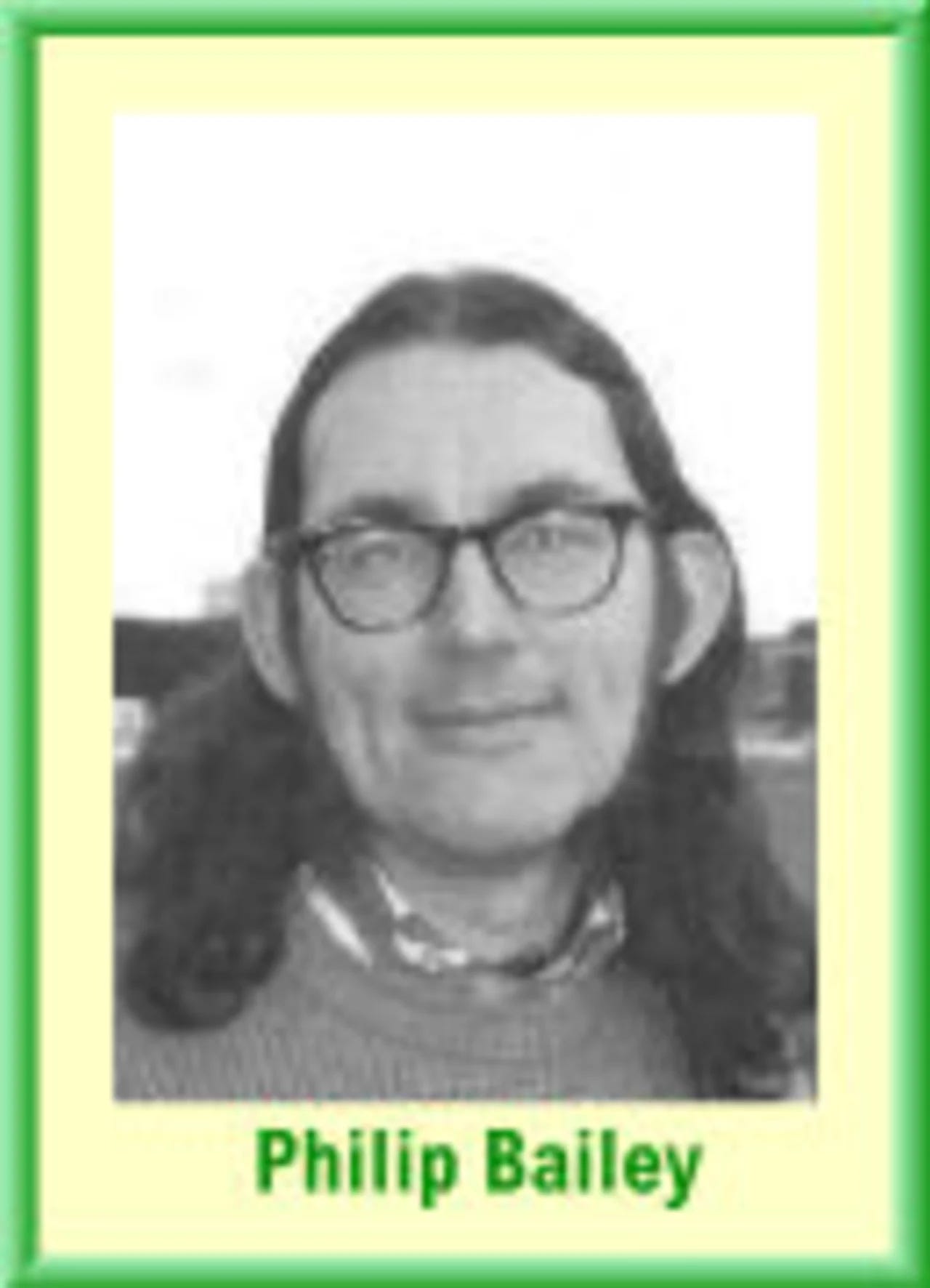Philip Bailey: “The most phenomenal brain for cricket statistics”
Richard Streeton on The Cricket Statistician—Part VI
Confronted with the moment to try to pay tribute to the work of Philip Bailey, erstwhile editor of the journal, the inscription in St Paul’s Cathedral to Sir Christopher Wren comes to mind: “Si monumentum requiris, circumspice.” (“If you would see his monument, look around.”) After all, this is the man who, to some extent or other, directly or indirectly, has been involved with the statistics in virtually every one of the 300-plus ACS books published. And as I wrote, it caught my eye that a complete run in their distinctive blue binders now extends well over three yards along my library shelving.
Practically every ACS author has invoked Bailey’s help at some time, or had his work checked by him. Most of his peers would nominate Bailey “as possessing the most phenomenal brain for cricket statistics in the business.” Many of us were concerned that Bailey was taking on too much when he succeeded John Stockwell as journal editor in time for Issue No. 62 in 1988. In fact he was to shoulder even more work almost straightaway, when he took on responsibility as the sole compiler of the hugely successful annual ACS International Cricket Yearbook.
Nor was there any decline in his efforts on behalf of the match-scorebooks’ series, or the consistent brilliance of his own contributions to the Journal. Outstanding among these have been his own pieces in the series on County 2nd XI records and (another personal favourite) the first genuinely complete list of grounds all 342 of them between 1801 and 1992 used for First-class matches in the British Isles, which was launched in Issue No. 82.
Under Bailey’s control and guidance, the journal fully maintained its high quality—in particular in many of his editorials. He was especially vigilant and quick to pounce on the game’s administrators when they made injudicious decisions concerning the status of matches. Bailey also took the extraordinary proliferation of one-day international matches in his stride. His remarkable capacity for cricket detail must often have been severely tested, but he remains unbowed.
This article is adapted from the version which first appeared in the hundredth edition of The Cricket Statistician, published in Winter 1997. To join the Association of Cricket Statisticians and Historians, and subscribe to the journal, please visit our website:




